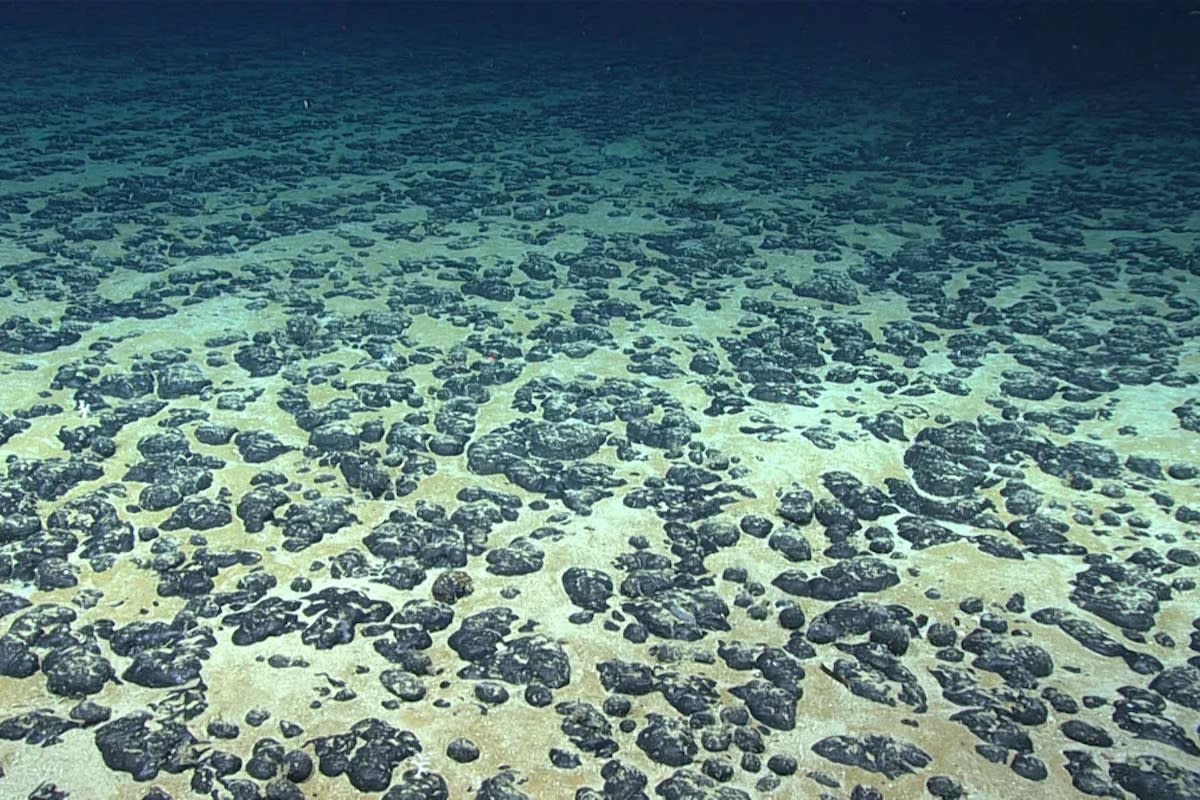Deep Ocean Producing 'Dark' Oxygen, Study Finds

A new study suggests that metals scattered about the deep ocean may be producing oxygen, a finding that could strengthen the case against controversial deep-sea mining.
Scientists have long assumed that plants and other photosynthetic life were the only source of oxygen on Earth. The new study, published in Nature Geoscience, challenges that view, showing that polymetallic nodules, potato-size lumps of minerals found on the seafloor, may be another source.
Scientists made the discovery while sampling the seabed in the Clarion-Clipperton Zone, a ridge extending 4,500 miles across the eastern Pacific. When they discovered oxygen 13,000 feet underwater, in areas so dark that photosynthesis would be impossible, they initially thought their equipment had malfunctioned. Eventually, they came to suspect the polymetallic nodules were a source of this “dark” oxygen.
When combined with saltwater, rust can generate electricity, enough to liberate the oxygen atom from a molecule of water. Researchers thought nodules may serve the same function, and so they tested them in a lab. One nodule, they found, could produce close to 1 volt of electricity. When clustered together, nodules could generate enough electricity to split seawater.
Researchers say that the finding adds another wrinkle to plans to mine polymetallic nodules, which contain many of the metals used for EV batteries. Sixteen firms currently have mining claims in the Clarion-Clipperton Zone, which boasts enough nodules to meet the global demand for EV metals for decades, experts say.
“The polymetallic nodules that produce this oxygen contain metals such as cobalt, nickel, copper, lithium, and manganese — which are all critical elements used in batteries,” said study coauthor Franz Geiger, a professor of chemistry at Northwestern University. “We need to rethink how to mine these materials so that we do not deplete the oxygen source for deep-sea life.”

